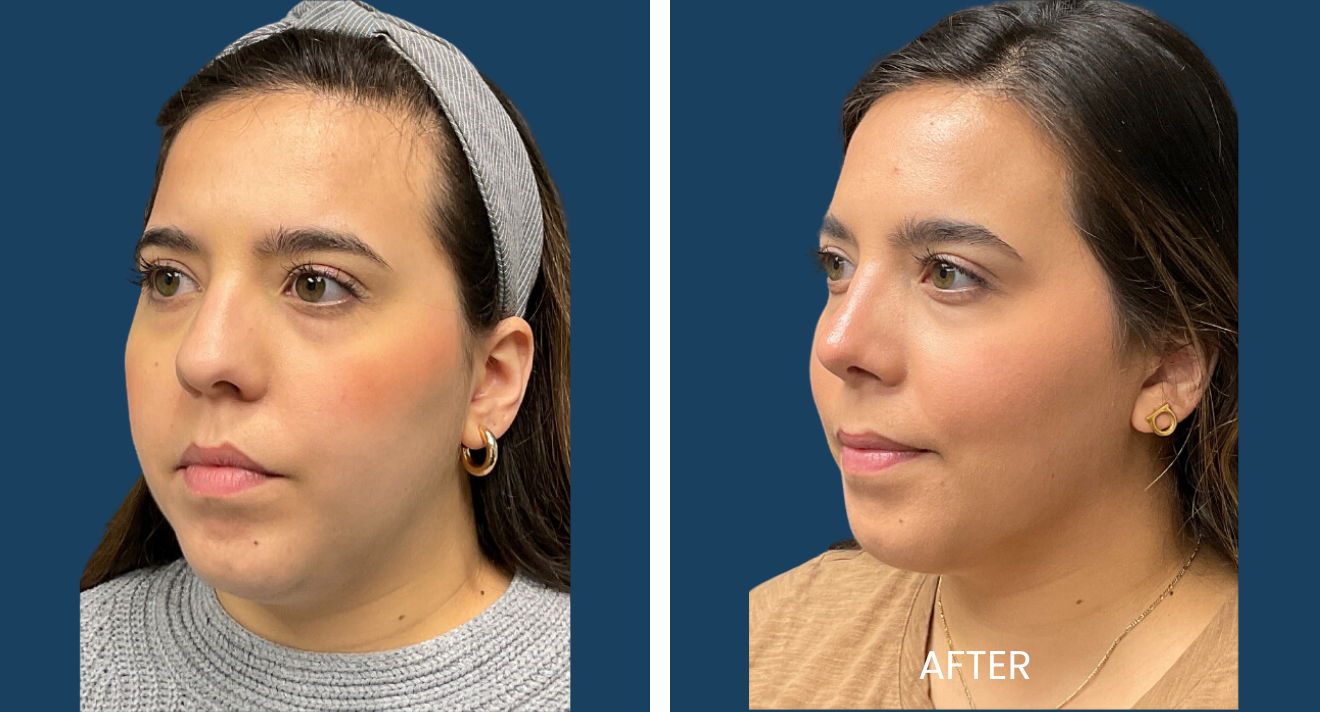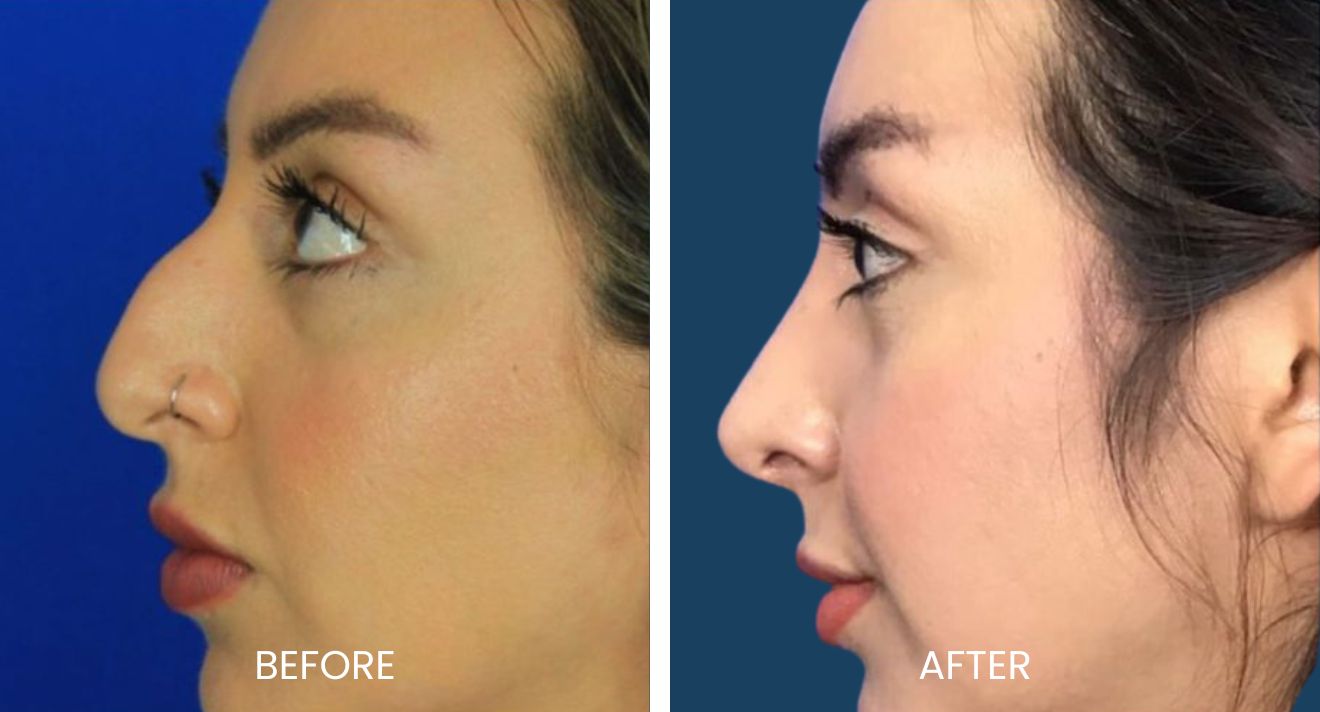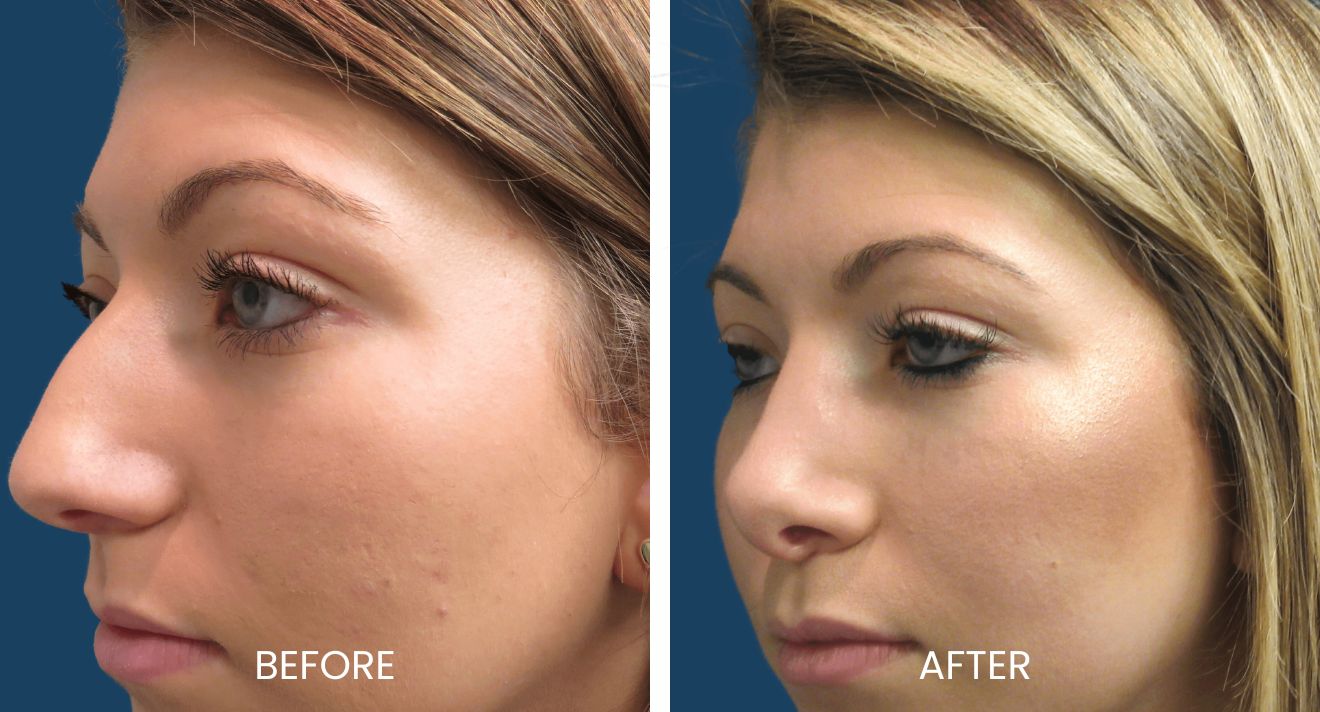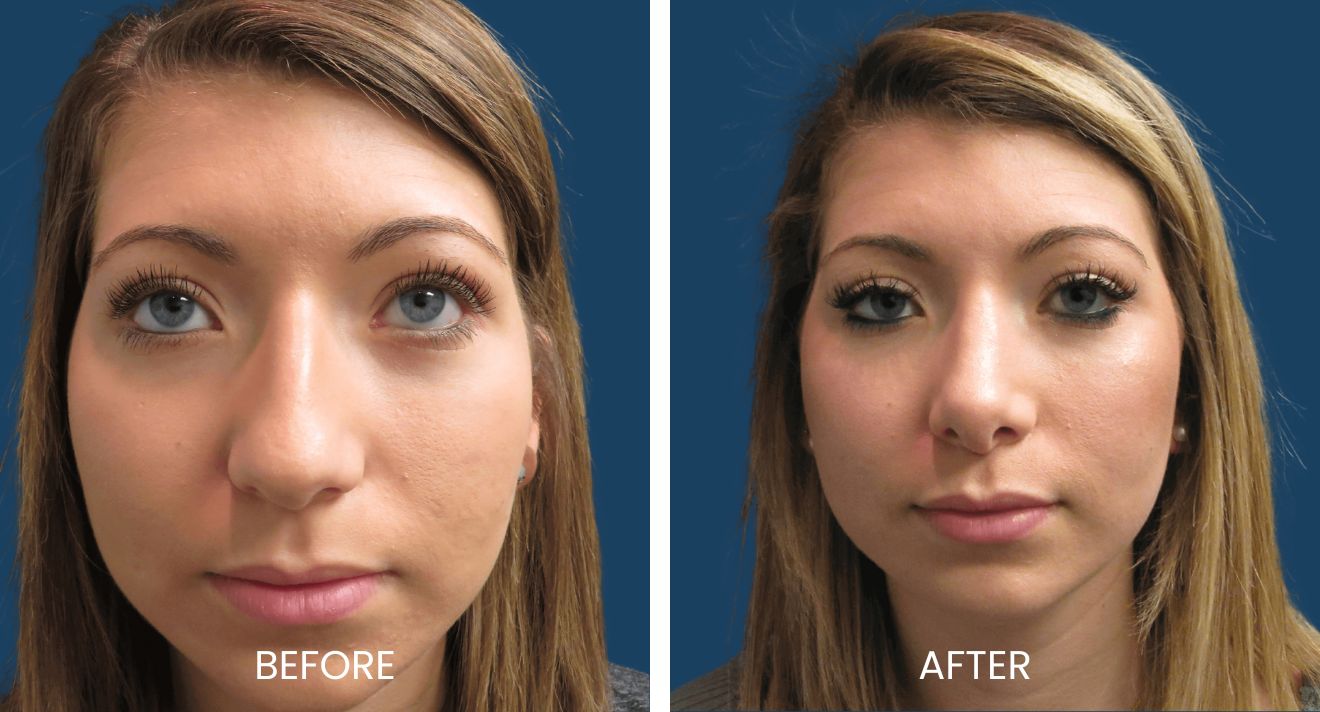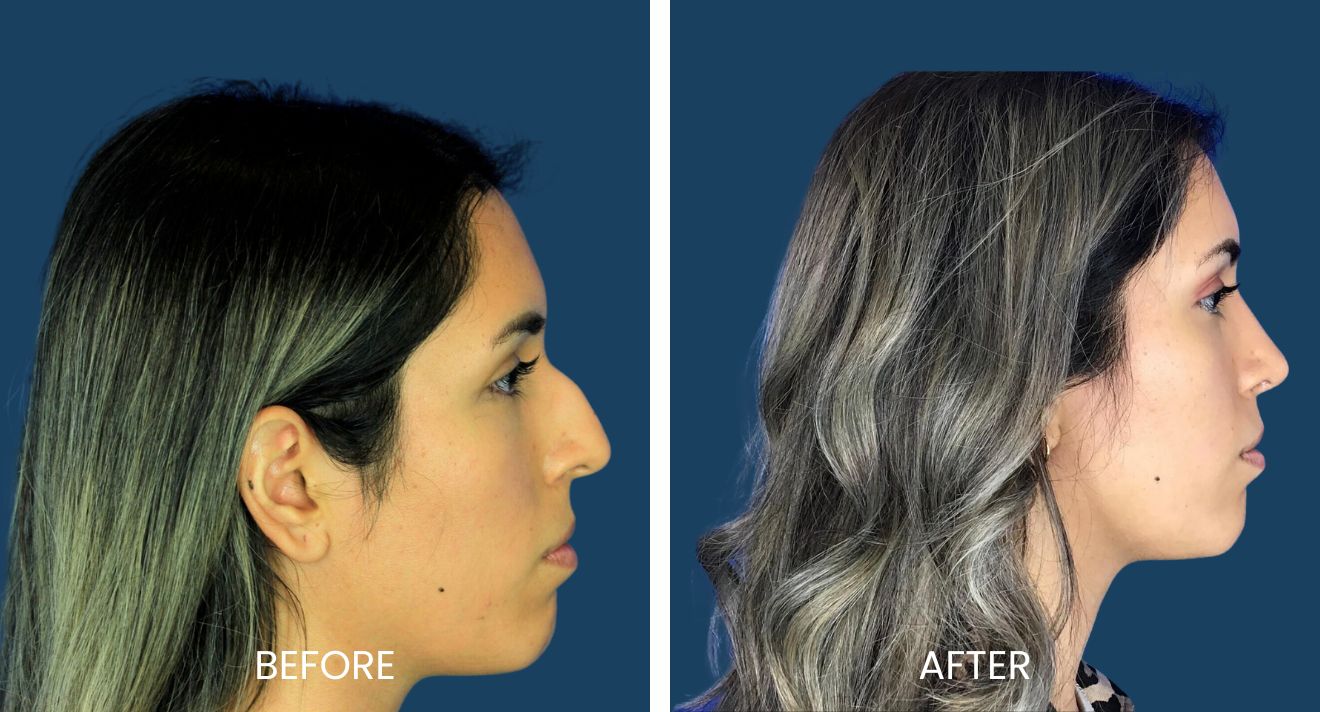Tip Rhinoplasty

What is Tip Rhinoplasty?
Types of Tip Rhinoplasty Procedures
Cartilage Shortening:
Cartilage Repositioning:
Cartilage Implants:
Alar Reduction (Alarplasty):

How It’s Done
The tip plasty procedure is a relatively straightforward surgical intervention that typically lasts for about one to two hours. Depending on the specific case and the surgeon’s recommendation, it can be performed under general anesthesia or, in some minor cases, under local anesthesia. The choice of anesthesia will be discussed and determined during your consultation with the surgeon.
Tip rhinoplasty can be carried out using one of two primary techniques: the open technique or the closed technique. The choice between these methods depends on the nature of the correction needed and the surgeon’s expertise.
Open Technique: In this approach, the surgeon makes a small incision on the skin between the two nostrils, known as the columella. While this technique does result in a scar, experienced surgeons take great care to close the incision meticulously, ensuring that the scar is as faint and inconspicuous as possible. The open technique provides greater visibility and access for complex tip corrections.
Closed Technique: Unlike the open technique, the closed technique involves making all incisions inside the nose, which means there are no visible external scars. This approach is often quicker to perform and is preferred for less complex tip rhinoplasty procedures.
Why Plano Plastic Surgery?
At Plano Plastic Surgery, excellence is our standard. Both Dr. Haidenberg, with his 16 years of experience in cosmetic surgery, and Dr. Yaker, the celebrated force behind Plano Plastic Surgery, have dedicated years to perfecting aesthetic surgeries—from breast augmentations to rhinoplasties and liposuctions. With them, you’re not just opting for transformative results but also genuine care and understanding. Our approach is personal—tailored to every patient’s concerns and desires.
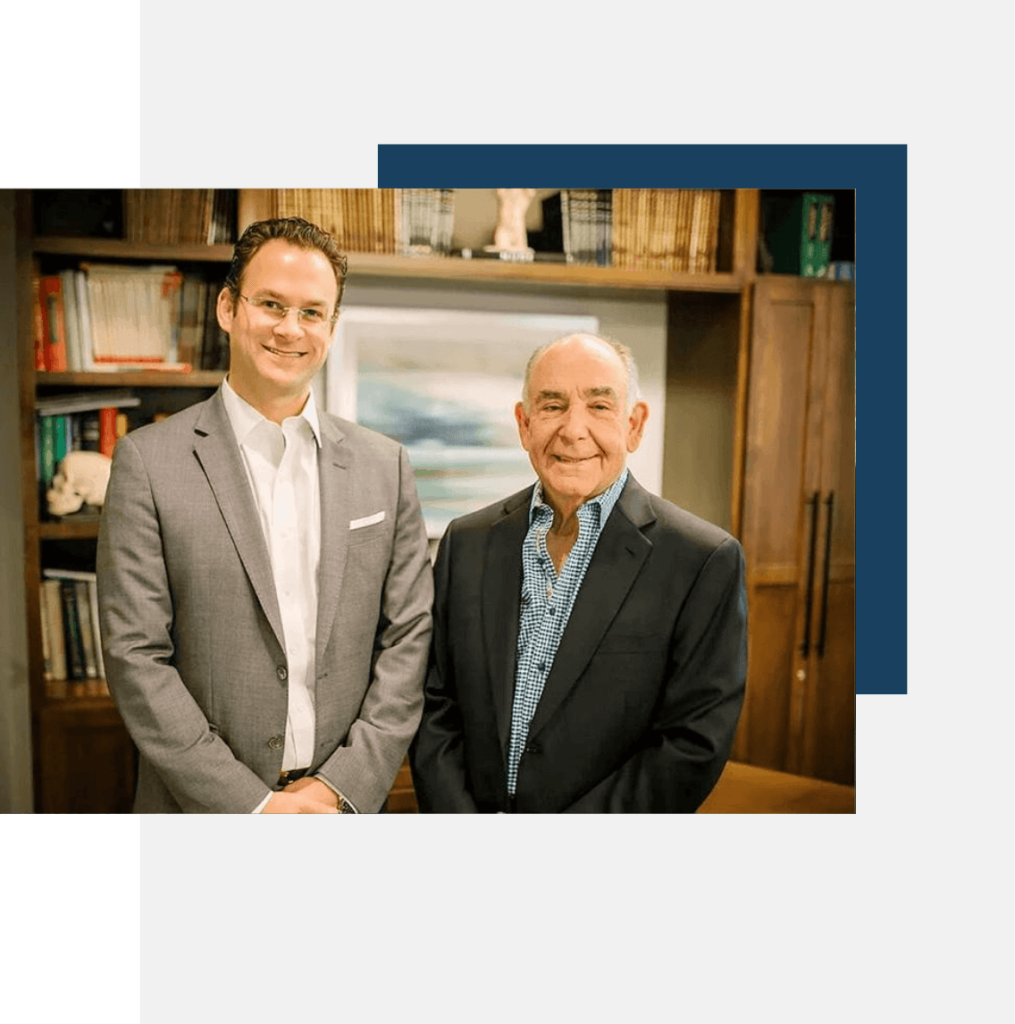

Who is a Good Candidate for Tip Rhinoplasty?
Tip rhinoplasty may be suitable for individuals who:
- Are unhappy with the appearance of their nasal tip.
- Seek refinement of the tip’s size, shape, or symmetry.
- Have realistic expectations about the results.
- Are in good overall health and do not have medical conditions that could impair healing.
- Do not smoke or are willing to quit before and after the surgery.

